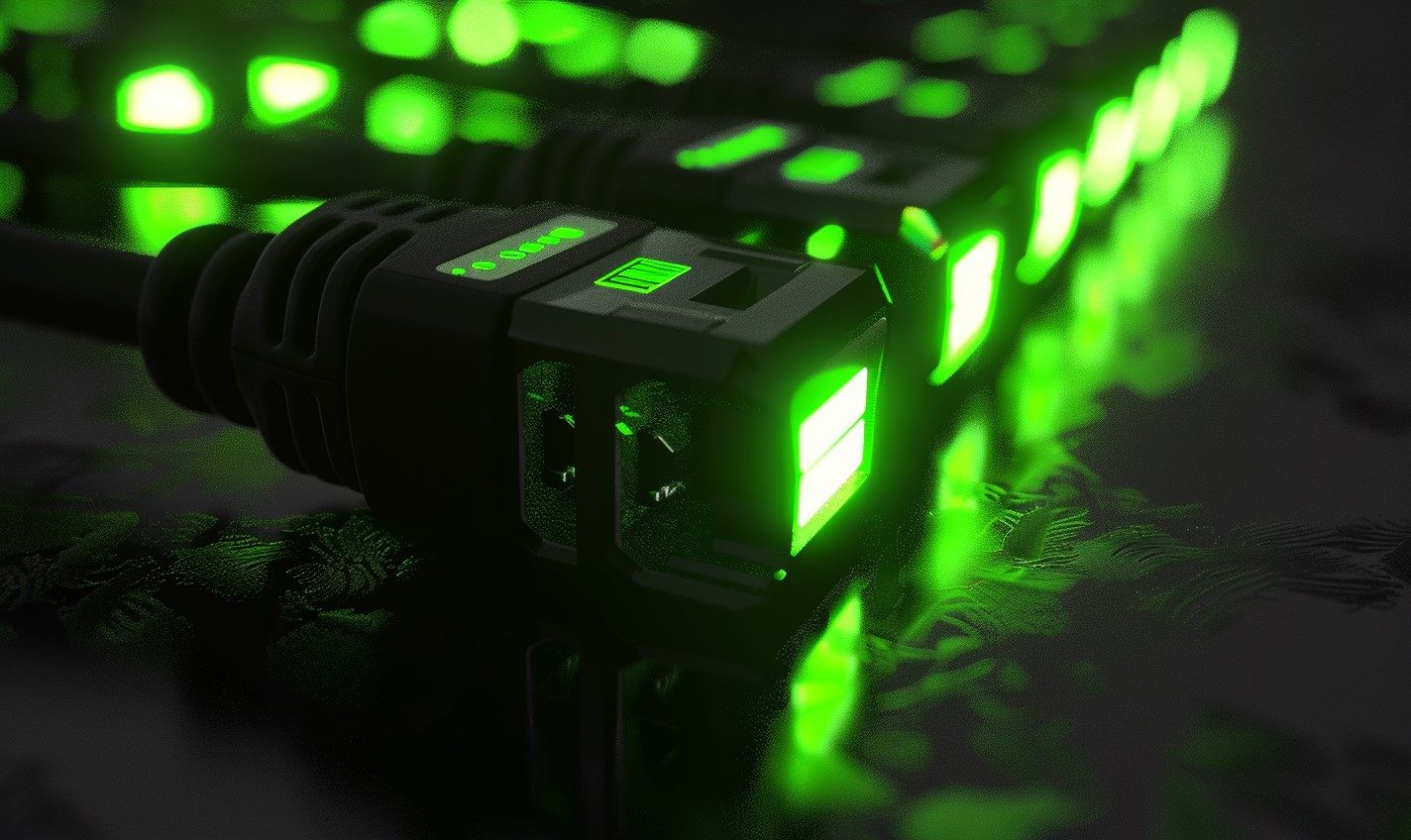Network management involves a lot of unique terms. If you don’t know what phrases like network topology mean, it can make it hard to understand the advice you read online. So what is topology in a network, what does it do, and how can you make the most of it?
If you’ve had to ask yourself questions like these, don’t worry. You’re not alone. Here’s everything you need to know about network topology.
What Is Topology?
Network topology is the arrangement of all the nodes and connections in a network. It’s an important part of setting up a network that covers what devices connect to which others and how data flows between different points. You’ll often see it as a map or graph with lines between devices representing their connection.
Topology covers two main types of connections: physical and logical. As you might guess from the name, physical topology refers to the actual wires and other hardware in your network that physically connect to each other. Logical topology covers how data travels throughout those physical connections.
Think of physical topology as a road map and logical topology as a route you take on those roads. You can take several different routes to get to the same place, but only if the roads allow it. Some roads are one-way, and some don’t lead to another.
What Does Topology Do?
Knowing what topology is helps you understand what it does and why it’s important. Using the road analogy again, how you set up the infrastructure in an area has a big impact on how traffic can move through it.
Topology determines how data or requests from one point in the network reach another. If it takes too long for data to reach its destination, it can result in poor performance, security gaps and a frustrating user experience. At the same time, too many interconnections can make things needlessly complicated, making it hard to pinpoint problems or use your resources effectively.
Because businesses have bigger networks, topology is a bigger concern for them, but it matters for consumers, too. People get just 32% of the internet speed they pay for on average, but a better-designed network will help you experience more of those speeds. If you have a lot of smart home devices, your topology will impact how well that system works.
Types of Network Topology
To know what topology works best for you, you first need to understand what your options are. Here’s a glance at some of the most common kinds of network topologies.
Bus Networks
Bus topologies are the simplest type of layout. In these setups, a single main cable called the “bus” carries data from one end of the network to the other. Smaller additional wires connect devices to the bus. If you have cable internet — the most common type of internet service in the U.S. — your connection likely comes from a bus network.
Using just one cable to send all communications is cost-effective but not great for performance. Some devices will experience slow speeds because others on the network are taking up the bandwidth for their connections. It’s also worth noting that if the bus fails, the whole network goes down, which you might’ve experienced as a cable internet customer.
Ring Networks
Ring topology also uses one central pathway, but instead of data traveling in a line, it travels in a circle. Each device connects to two others, one on each side. When one endpoint sends a data packet to another, the data travels from device to device along the circle until it reaches its destination.
Because data only goes in one direction, these networks can be highly efficient with small workloads. It’s also easy to pinpoint where errors arise. Still, while troubleshooting may be easier, problems are more likely to happen because there are more points where something can go wrong.
Star Networks
Another, more familiar type of network topology is the star network. These layouts use a central hub that all other endpoints connect to. When one device wants to communicate with another, the data goes to the hub before the hub sends it to the receiving device. This topology is what most home Wi-Fi networks use.
Star topologies are easy to troubleshoot because everything must go through the same hub. They’re also relatively easy to set up and scale, and if one endpoint crashes, it won’t affect the rest of the network. The biggest downsides are that the hub is a single point of failure for the whole system and that stars can be more expensive than other setups.
Mesh Networks
The most complicated kind of network topology is the mesh approach. In a full mesh, every device in the network connects directly to every other endpoint. You can also use a partial mesh, where a few devices have multiple direct connections but not all of them.
Mesh networks are secure, more immune to failure than others and can be extremely fast. All that improvement comes at a cost, though. Setting up these topologies can be complicated and expensive, especially on a bigger scale.
What Kind of Topology Is Best?
If you’re looking to improve your network performance, reviewing your topology is a great way to do it. What topology is best depends on what you want and what your resources are.
Star topologies work well for most home networks because they’re easy to set up and can host a lot of devices. If you want something a little more affordable, though, you can try setting up a ring network. If you’re looking for better speeds and have more room in your budget, consider a partial mesh topology.
It’s important to keep security in mind, too. You can secure your home network in a lot of ways, but some topologies are easier to secure than others. Ring topologies can be hard to secure because data packets travel through so many endpoints. Mesh and star networks, by contrast, have more direct connections and fewer single points of failure, making them more secure by default.
Get More Out of Your Network
Topology is just one way you can change your network’s performance and security, but it’s an important one. Learning what topology is and what it does is the first step to using it to your advantage. When you know how different topologies impact your network’s performance, you can get more out of it.
Recent Stories
Follow Us On
Get the latest tech stories and news in seconds!
Sign up for our newsletter below to receive updates about technology trends














